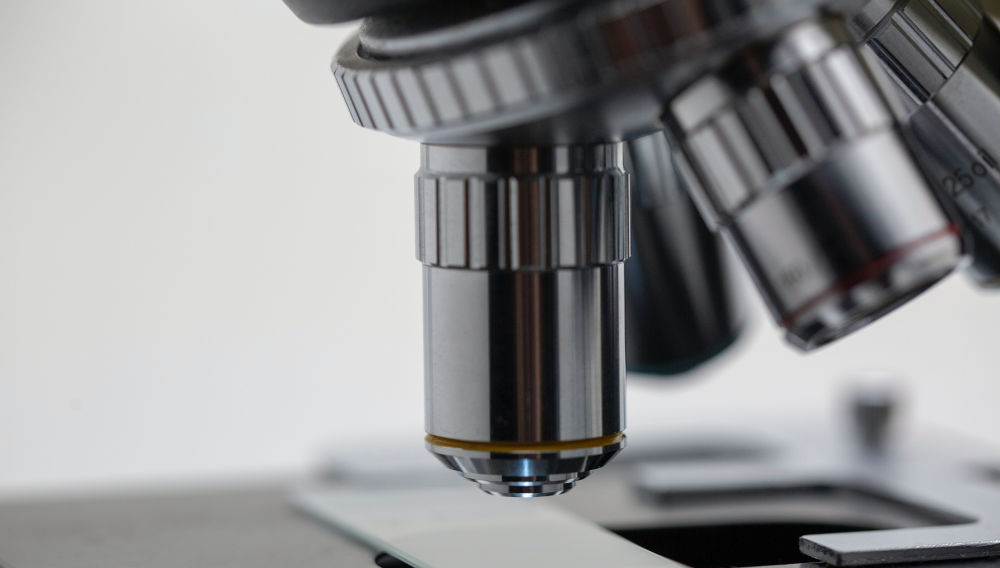BrewingScience issue May/June 2025 out now
Nuremberg | In June 2025, the latest BrewingScience issue was published online. The scientific online-journal BrewingScience features peer-reviewed scientific papers with impact on the brewing industry. The brief article abstracts below provide a good initial overview of the content.
Heavy metal adsorption of brewers spent grain in aqueous solution: Impact of mechanochemical esterification (Dancker et al.)
Brewer’s spent grain (BSG) has shown promise as a biosorbent to remove heavy metals from water. However, the adsorptive performance of native BSG is limited and modifications to enhance said performance suffer from extensive use of organic solvents. A potential solution is mechanochemical esterification, in which solid-phase reactivity is enhanced through high-energy milling.
In this study, the adsorptive performance of BSG, which has been mechanochemically esterified with citric acid, was investigated (BSGE). The maximum adsorption capacities qmax for nickel Ni(II), cadmium Cd(II), and lead Pb(II) ions were evaluated following bottle-point isotherm procedure in a buffered solution of sodium acetate, with a pH value of 4.5. The impact of the heavy metal initial concentration C0 1–250 mg/L on the equilibrium capacity qe was studied and the data was fitted to the Langmuir and Freundlich models. The Langmuir model was best to describe data variance, as such qmax was used to describe adsorptive performance: 65.83 mg/g for Pb(II), 24.72 mg/g for Cd(II), and 15.11 mg/g for Ni(II), with Langmuir constants KL of 0.149 L/mg, 0.031 L/mg and 0.023 L/mg, respectively. These findings indicate that mechanochemical esterification yielded a 232.2 % Pb(II), 576.3 % Ni(II) and 164.4 % Cd(II) gain in adsorptive performance over native BSG. Based on molar comparisons, adsorptive affinities were determined as follows: BSGE (Pb > Ni ≈ Cd) and BSG (Pb > Cd > Ni).
Unlocking the potential of Zygosaccharomyces bailii: A novel non-Saccharomyces yeast in brewing (Drosou et al.)
Beer has long been an important part of culture, with the brewing industry combining both traditional methods and modern innovation, which has helped beer’s evolution over time. Today, the increasing prominence of microbreweries and their expanding market influence have led to a growing interest in identifying elements that can distinguish one beer from another. One such factor is the use of non-Saccharomyces yeast strains for fermentation. Among these, Zygosaccharomyces bailii (Z. bailii), typically known as a spoilage microorganism, presents promising potential as an unconventional yeast for brewing.
This study aimed to evaluate the fermentation characteristics of Z. bailii and its potential to produce beers with desirable features. To assess its fermentative capacity, Z. bailii was tested both as a monoculture and in mixed fermentations with Saccharomyces cerevisiae (S.cerevisiae) at ratios of 1:1, 1:10, and 1:20, across two original gravities (16 °P and 12 °P) at 20 °C. After confirming that Z. bailii could successfully initiate and complete the fermentations, the final beer characteristics were analyzed.
The results demonstrated that Z. bailii can produce an alcoholic beverage with unique attributes, including a significant decrease in the pH of the final beer. Furthermore, no issues arose during fermentation at high original gravities, and all fermentations achieved the desired ethanol levels. Notably, a strong phenolic character was detected in the final beers, though it was not considered particularly off-flavor. In conclusion, the use of Z. bailii offers the potential to create a complex and innovative beer profile that may appeal to consumers. While Z. bailii is not yet suitable for large-scale industrial applications, its distinct traits suggest that it could become a valuable yeast strain for future beer production.
Keywords
BrewingScience research brewing science publications
Source
BRAUWELT International 2025
Companies
- Fachverlag Hans Carl GmbH, Nuremberg, Germany


